The Goal to Reach The Med
Welcome to the next module of our sail around Europe – sailing the Iberian Peninsula. A special module, because we are sailing into the Mediterranean Sea! Getting here, and then to Greece, was our goal for the first year of full-time sailing. And since we started in Sweden, and later stopped in Poland, the road turned out to be quite long. That is why crossing the Strait of Gibraltar was the beginning of a new chapter of the voyage, which continues to this day! As we publish this article, we are still in the Mediterranean Sea, although our stay here is definitely coming to an end. Sailing to Gibraltar was also an opportunity to visit places we already know. We have sailed here before, so it was nice to visit our favorite spots.
We finished the previous story with a pirate festival in Porto – if you haven’t read it yet – we invite you here. So today we will set off from Porto.
Sailing the Iberian Peninsula from Porto
As I mentioned last time, in Porto we stopped at the Leixoes Marina north of the city. It was definitely cheaper than the one on the Douro River, and public transport to the city center worked very well. But we didn’t skip Duoro Marina entirely – we visited it anyway to refuel the boat on our further way South.
Sailing Duoro River in Porto
Sailing Duoro River, we tack upstream. There is also quite a lot of traffic – warm summer days encourage spending time on the water. In addition, ferries and day trippers constantly cross the river. We dock at a petrol station overlooking the Luis I Bridge, the city’s landmark.
We give up sailing at night
On the same day we sail to the anchorage at the port of Aveiro. It is an industrial, not very charming place. And unfortunately there will be plenty of such places sailing the Iberian Peninsula. Why? Because we will be stopping for the night in places we would normally skip. All because of the orcas, which have been attacking yachts along the coast of the Iberian Peninsula for 4 years. One of the recommendations is to avoid sailing at night. We strictly adhere to this and plan our route in such a way as to always find a safe anchorage for the night.
Orca attacks on yachts
I will not discuss the subject of orcas in this article. I published a comprehensive text about attacks on yachts a week ago – I invite you to read it here. Nevertheless, you will certainly notice here how much more complicated is sailing the Iberian Peninsula because of that.
From now on, most of our days look similar. We get up early in the morning to make the most of the day and cover the greatest distance possible. The sailing itself is more absorbing. During the watches, we both sit outside most of the time, we conduct thorough observation of the sea with binoculars. Also, we tow a special pinger behind us. This is a device which sounds are supposed to scare away orcas. You will also find more information about it in the article about killer whales. We also have to keep an eye on it as sometimes it catches old fishing nets or other trash underwater.
We try to sail in shallower waters – this is another recommendation to avoid encountering orcas. Following the contour of the coastline lengthens the route and reduces the comfort of sailing. We reach the anchorages in the evening, just to sleep and sail away in the morning. Being limited to sailing during the day, we are not picky about the weather, so we motor a lot.
All of this makes this part of our cruise very tiring. As I write this text, I realize that I don’t even remember many of the anchorages we stopped at.
Sailing to Nazaré, Portugal
But don’t worry – this won’t be a negative article! Sailing the Iberian Peninsula, we also visit places that are definitely memorable.
The first one is Nazaré. This is a charming town on the coast of Portugal, famous for its impressive waves that attract surfers from all over the world. It is here, thanks to the unique shape of the seabed, that some of the highest waves in the world are created, reaching up to 30 meters. The underwater canyon, which is responsible for this phenomenon, stretches all the way to the coast. We can observe this when entering the marina. The depth drops very quickly from over a hundred meters to a dozen or so meters over a very short distance. In 2018, in Nazaré, an Australian surfer set the world record by surfing a wave 42.6 m high!
In addition to extreme sports, the town offers quieter beaches, picturesque views and atmospheric streets, ideal for walks.
The marina in Nazaré is definitely worth recommending – sheltered, picturesquely located, clean, with very nice service.
As we are not surfers (yet) and the season for big waves is more in winter, we decide to take a walk up the cliff. Unfortunately, we don’t get to admire the view, because thick fog shrouds the town.
Nazaré famous legend
Exactly as it was when the famous legend of Nazaré was created. It tells the story of a miracle that happened in the 12th century and saved the life of a local nobleman named Dom Fuas Roupinho. According to the story, one foggy morning, Fuas Roupinho was hunting near the cliff. While chasing a deer on the horse, he suddenly realized that he was dangerously close to the cliff. At that moment, he called on the Virgin Mary for help. At the edge of the cliff, his horse suddenly stopped, as if an invisible force had stopped him, saving Fuas from falling into the sea.
In gratitude for saving his life, Fuas Roupinho ordered a chapel to be built on the cliff. It is called Ermida da Memória (Chapel of Memory). To this day, you can still see a horse’s hoof print in it, which is supposed to remind you of the miracle that happened there. This legend is vividly present in the history of Nazaré and attracts many pilgrims and tourists who want to see this place and learn more about this miraculous event.
So we visit the aforementioned chapel and the rather peculiar monument standing below, depicting a man with a deer’s head, holding a surfboard. In this way, the artist combined themes that are important to Nazaré – surfing and the 12th-century legend. Judge the effect for yourself. I can say that such a figure emerging from the fog looked, to say the least, disturbing.
Despite the questionable weather, we definitely liked the town, so we stayed here for two days. That’s a lot, by our travel standards! But it’s time to sail on, because Lisbon is ahead of us!
Sailing to Lisbon
Lisbon, next to Porto, is another city we like to return to.
Sailing Tagus river towards the marina, we pass few important landmarks of the city – impressive 25 April Bridge, Belem Tower and Monument to the Discoveries. It is an iconic structure commemorating Portugal’s Age of Exploration, featuring statues of prominent explorers, including Prince Henry the Navigator, standing tall along the Tagus River as a tribute to Portugal’s maritime history. For us, sailors, it was pretty special to sail next to it, centuries after groundbreaking discoveries.
We book a berth in the Doca de Alcantra marina. In response we get the exact number of the pier and the place where we are to dock.
Checking-in at the marina turns out to be a challenge. The marinero does not show up for work on the first or second day of our stay. When we anxiously walk around the office with our documents, we accidentally meet a Portuguese man who immediately notices that we must be from Northern Europe, since it is so strange for us. And he suggests that we switch to a southern lifestyle, where opening hours are just approximate. We would have no problem with this, if not for the fact that we do not have a marina access card. So, returning from the city, each time we have to wait under a high, metal gate until someone opens it for us from the inside… Finally, we check-in on the third day, an hour before leaving and… we get the desired card 😉
National Tile Museum in Lisbon
We had been to Lisbon before and had explored the city thoroughly. This time we limited ourselves to visiting the National Tile Museum. Traditional tiles (Azulejos) are Portuguese ceramic tiles that decorate the interiors and facades of buildings throughout the country. They are characterized by rich patterns, most often in shades of blue and white, although other colors and motifs can also be found. Their history dates back to the 15th century, when Portugal was under Arabic and Spanish influences. Azulejos often depict scenes from everyday life, landscapes, religious motifs or geometric patterns. These decorative tiles have become one of the symbols of Portuguese culture and are now an inseparable element of the Portuguese heritage of art and architecture.
We are big fans of this type of decoration, so visiting the museum was a must. What’s more, it is located in an old medieval convent, which is worth a visit in itself.
Visiting Sintra palaces
On the second day we go on a longer trip. This time to Sintra, a town in the mountains, known for its fairy-tale palaces, lush gardens and mystical landscapes. Listed on the UNESCO World Heritage List, it attracts crowds of tourists with its extraordinary monuments, such as the colorful Pena Palace, the romantic Quinta da Regaleira with its mysterious underground passages, and the medieval Moorish Castle.
We get there by train from Lisbon, and walk on foot between the palaces. Although the palaces are beautiful, we get the impression that most people come here for the colourful Instagram shots rather than the historical value of these places. Medieval, historical castles and palaces are not as crowded as the colorful, relatively new, 19th-century Pena Palace (Palácio da Pena). The fact that we are there in the peak season, in July, does not help. The palace is flooded with tourists. Although tickets must be purchased in advance for a given hour, people line up in endless queues. We find more peace in the garden surrounding the palace. In the evening, we return to the marina.
The Ria Formosa Natural Park
The sequence of the following days looks similar again – during the day we try to cover as much distance as possible to reach the anchor before sunset. Sailing the Iberian Peninsula, we stop in Sesimbra, Sines and Lagos, among others. The anchorage that we definitely like is the river backwaters south of Faro. The Ria Formosa Natural Park is a protected area that covers a vast lagoon about 60 kilometers long. It is one of the most important natural areas in Portugal and a paradise for nature lovers and ornithologists. The anchorage is well protected from all directions and from the waves, but at the entrance you have to watch out for the river currents.
We cross the Strait of Gibraltar
With further stops in Huelva and Cabo Roche, we reach the long-awaited Gibraltar! We are very happy because we not only closed a long chapter of our journey, but also safely sailed through areas where killer whale attacks occur. Hopefully from now on sailing will be more pleasant and calm. We stop in the La Linea marina, on the Spanish side, which we visited half a year earlier on a different yacht, in a completely different December aura. We are officially reporting to the Mediterranean!
What’s next?
In the next module, we will take you on a cruise along the coast of Spain all the way to the Balearic Islands, so stay with us!
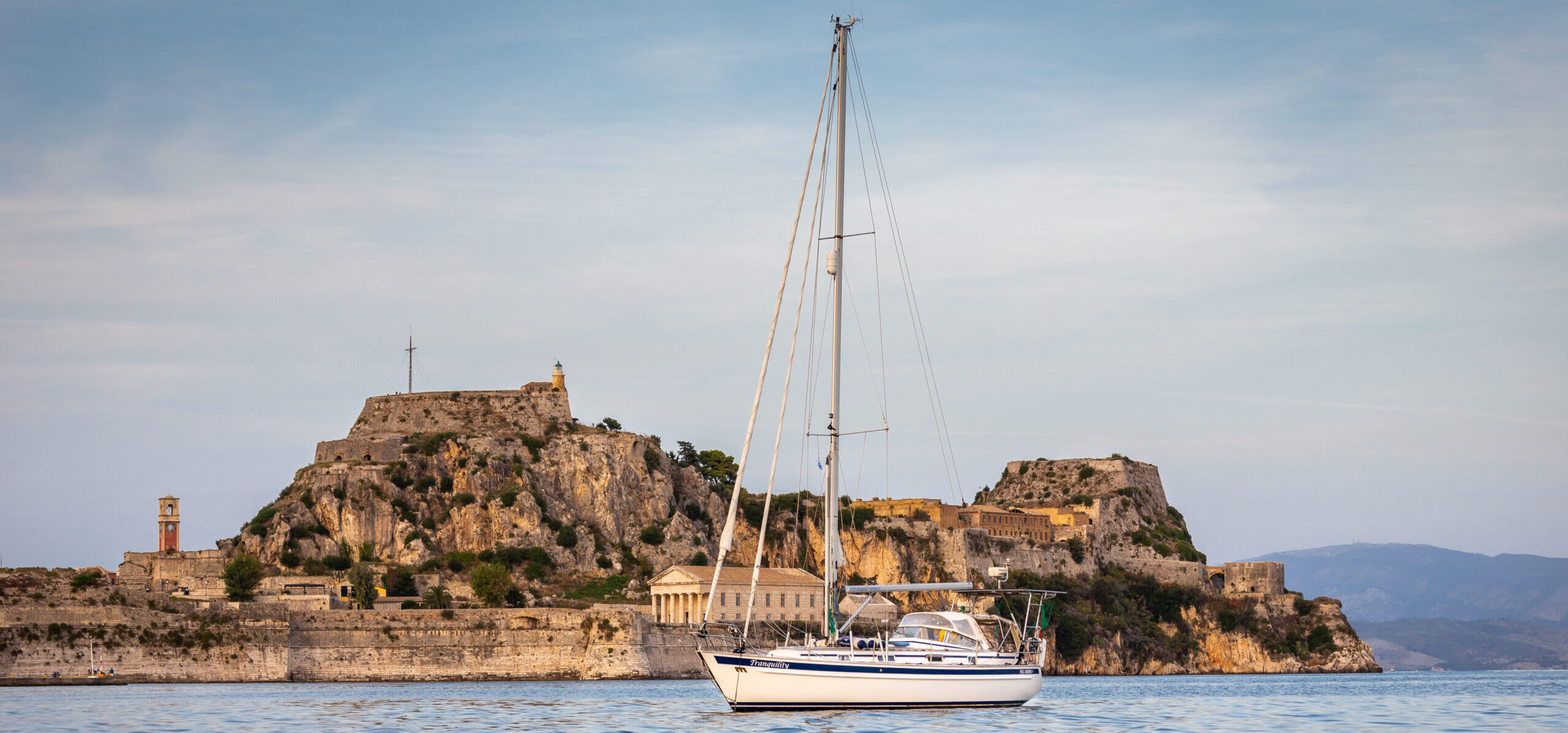
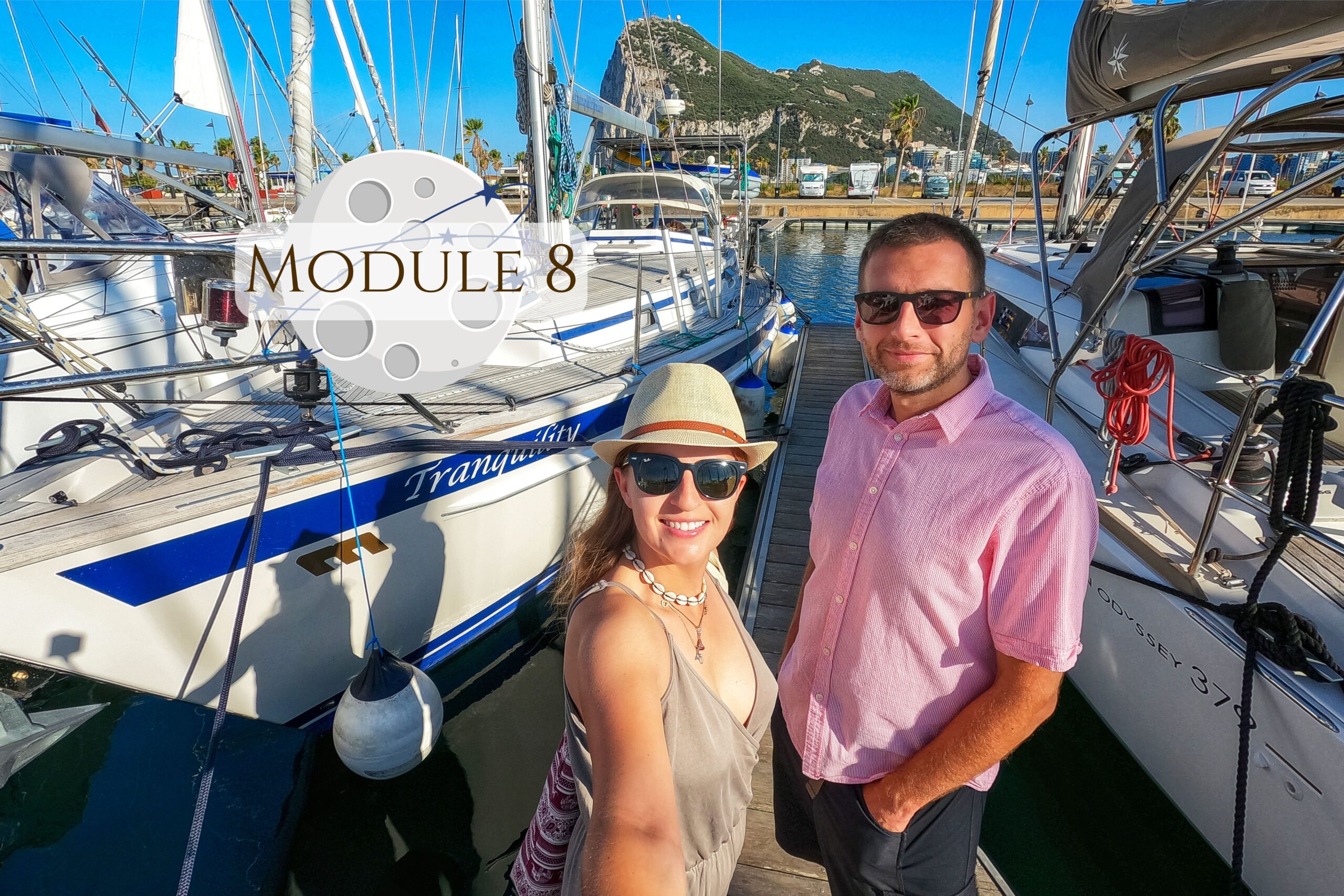
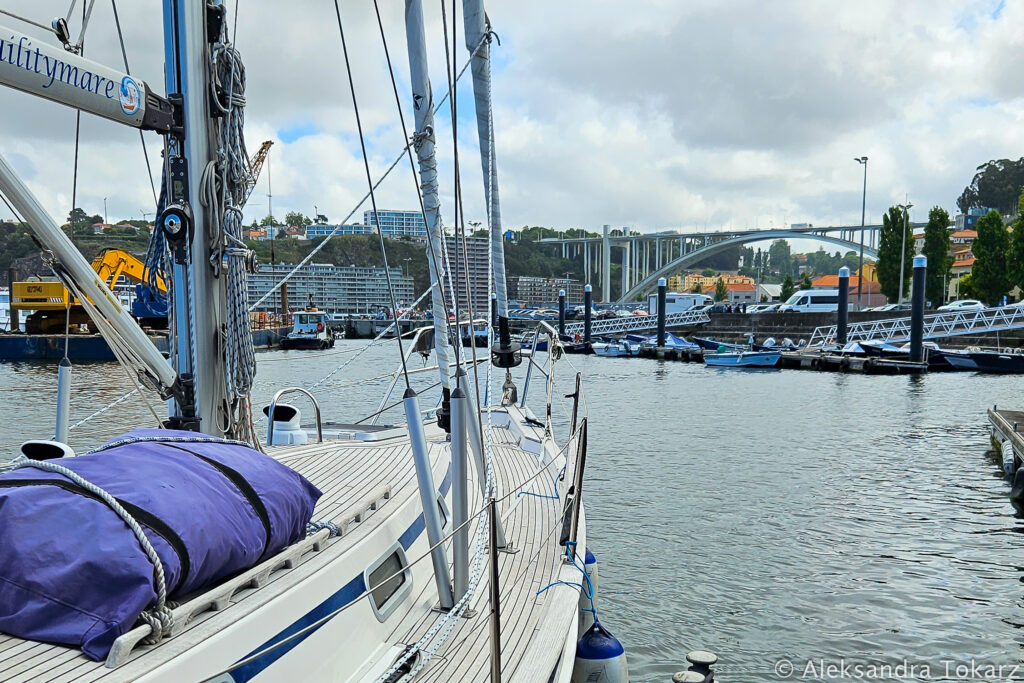
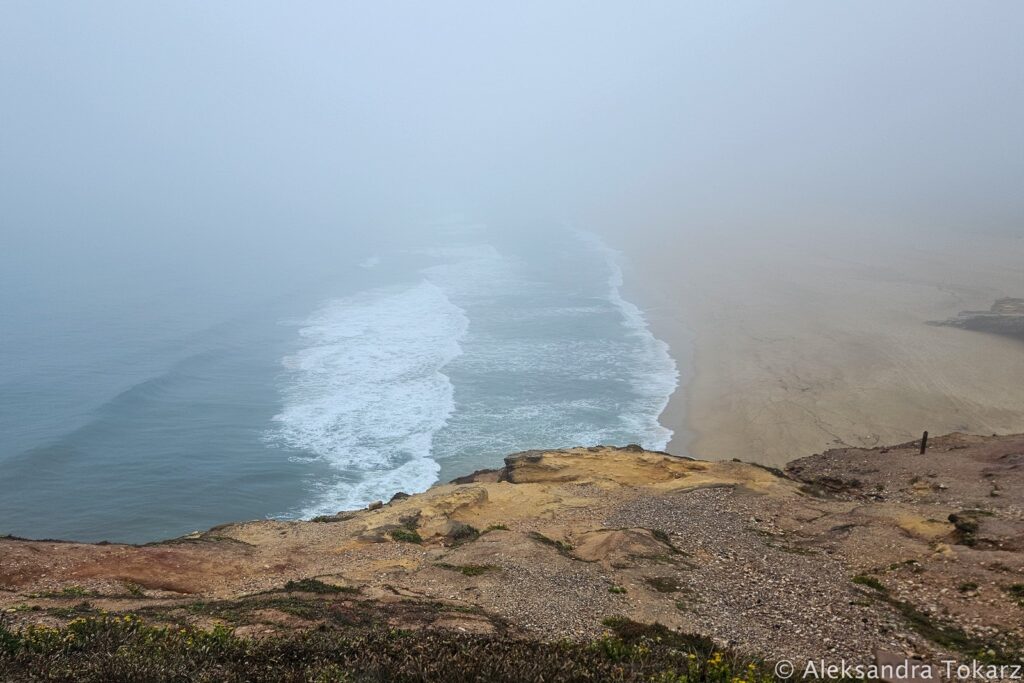
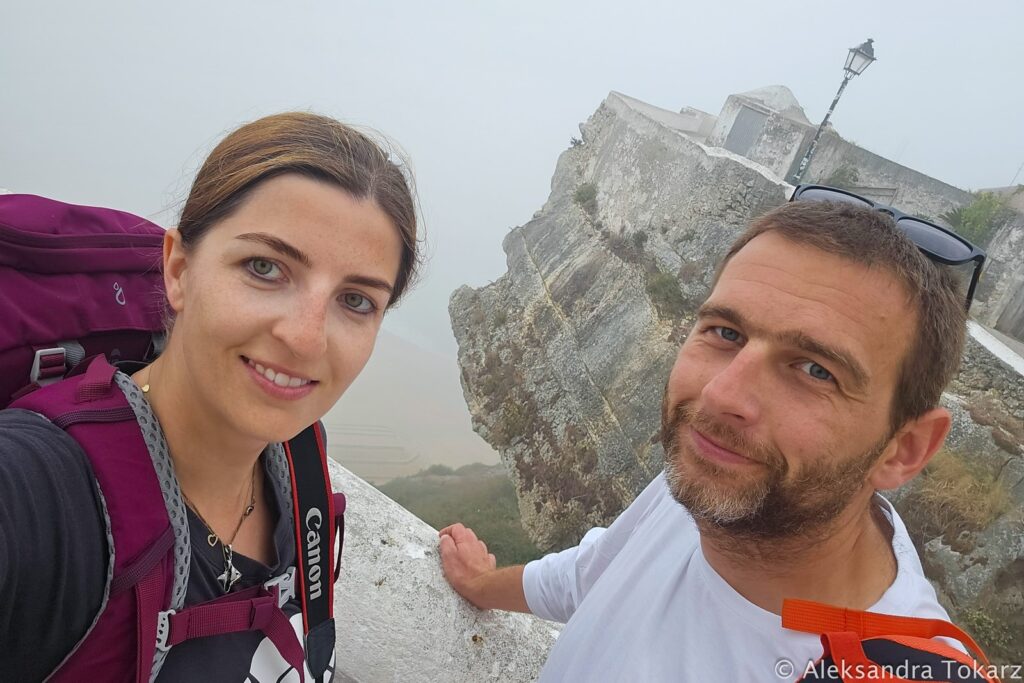
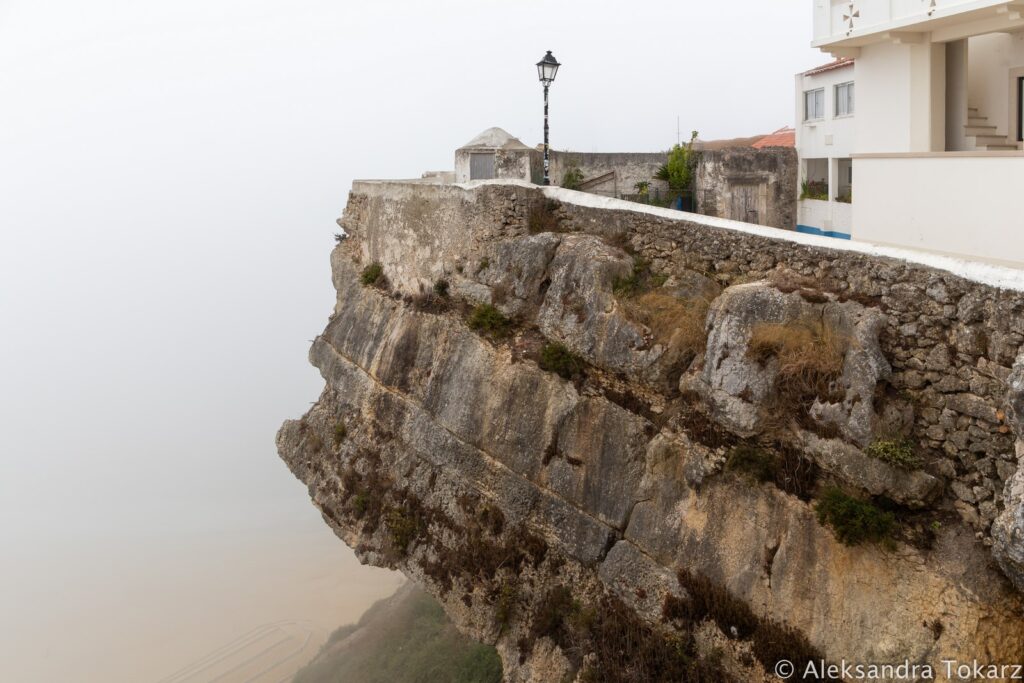
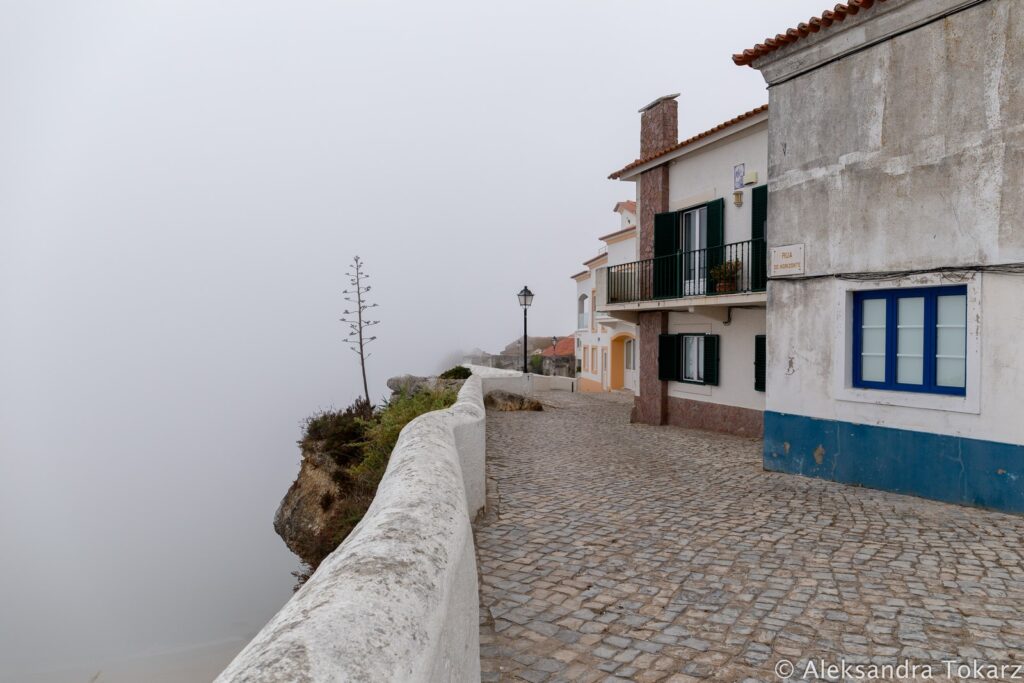
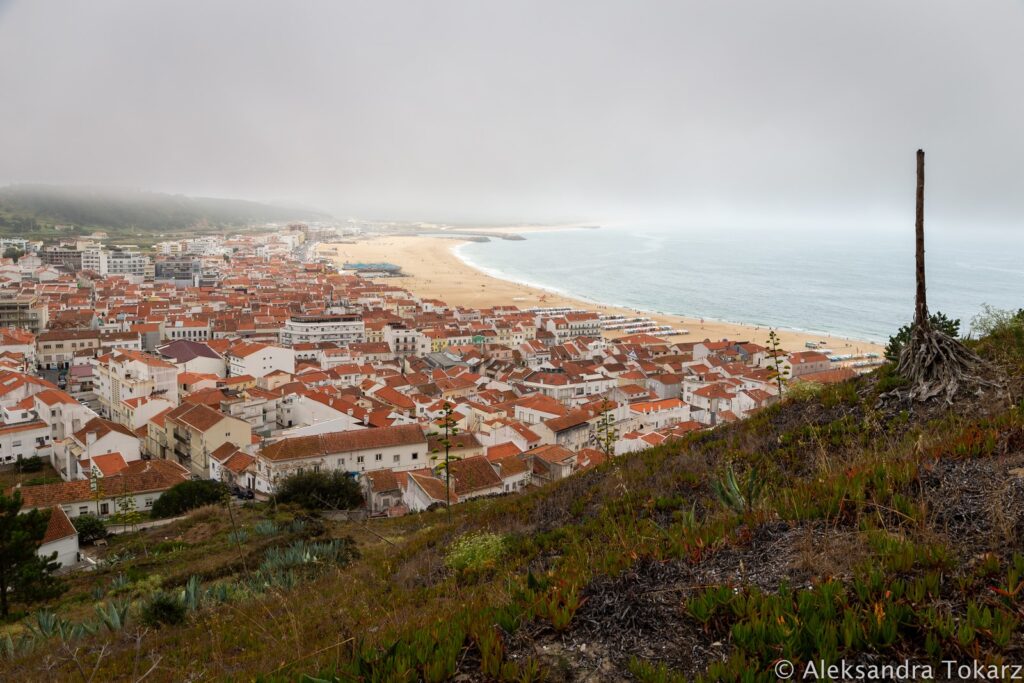
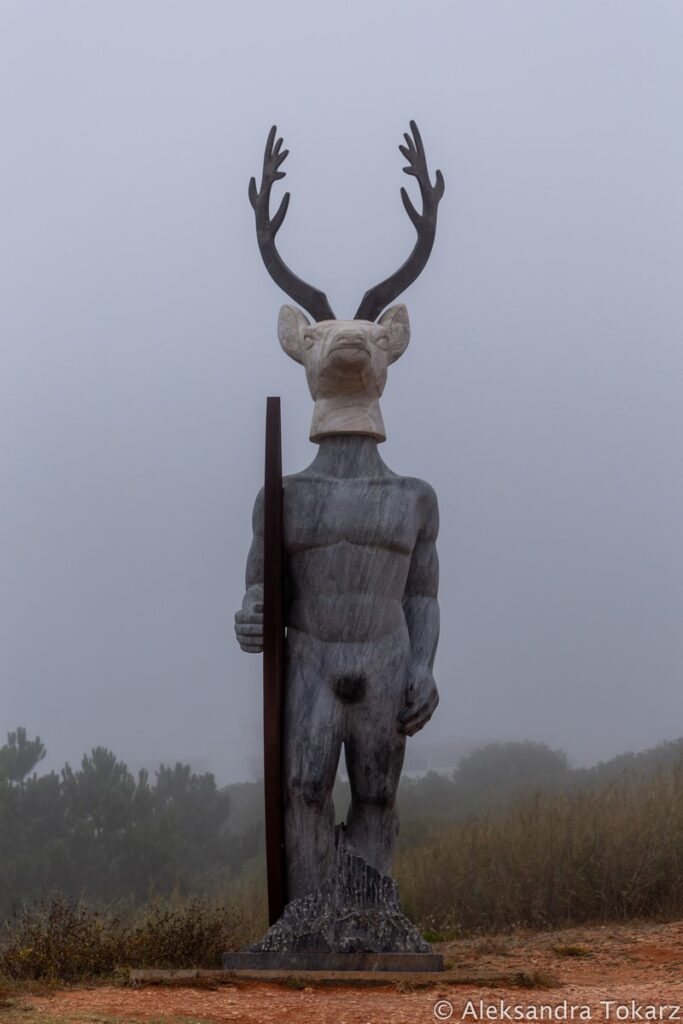
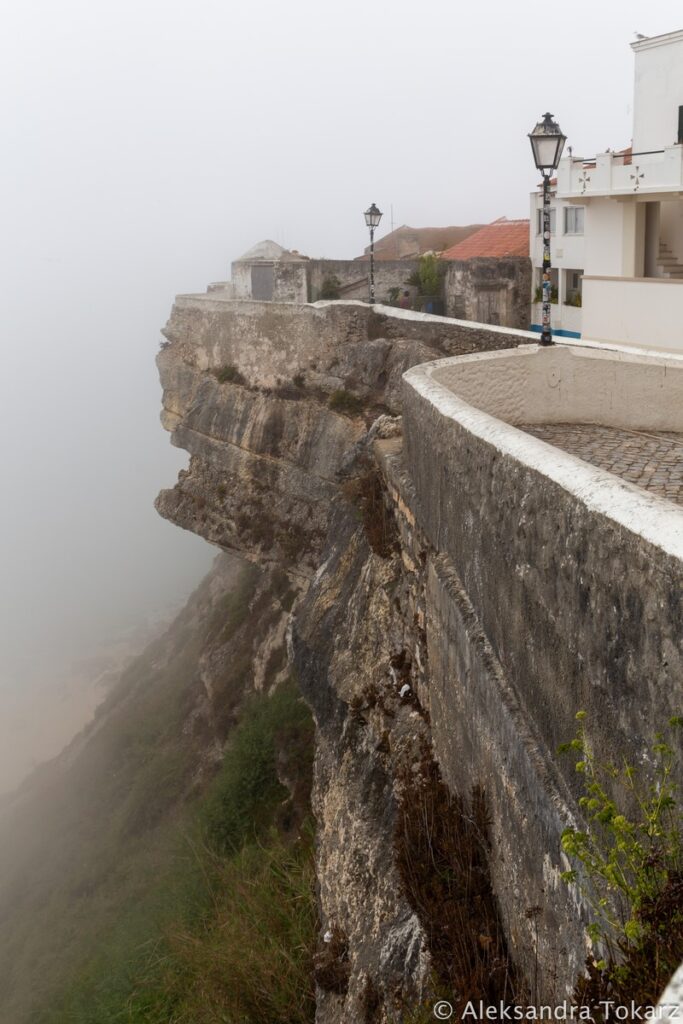
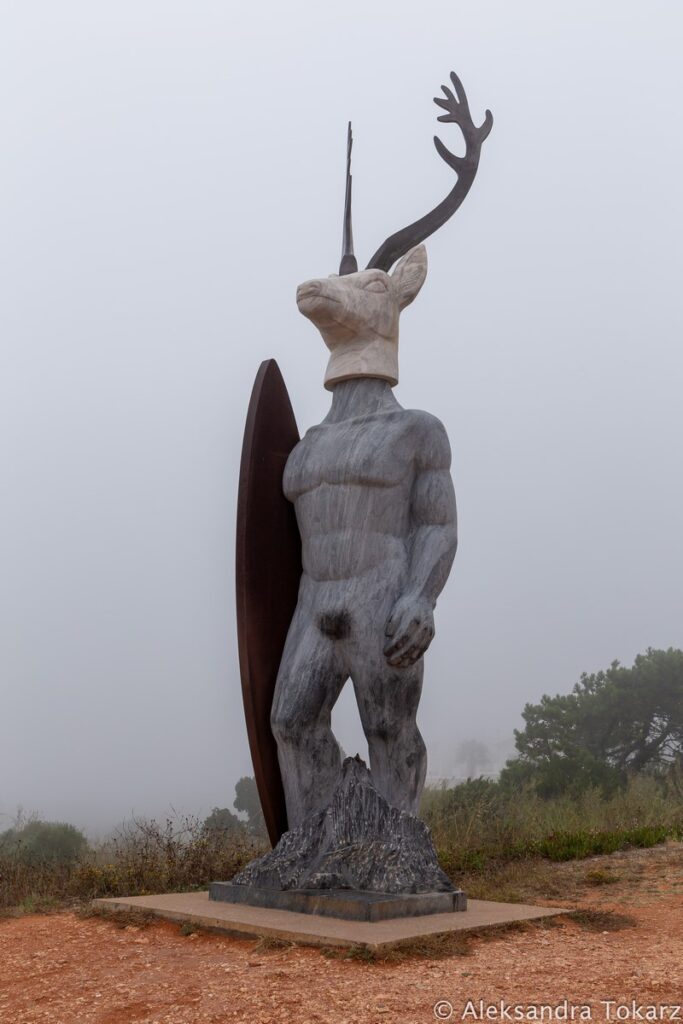

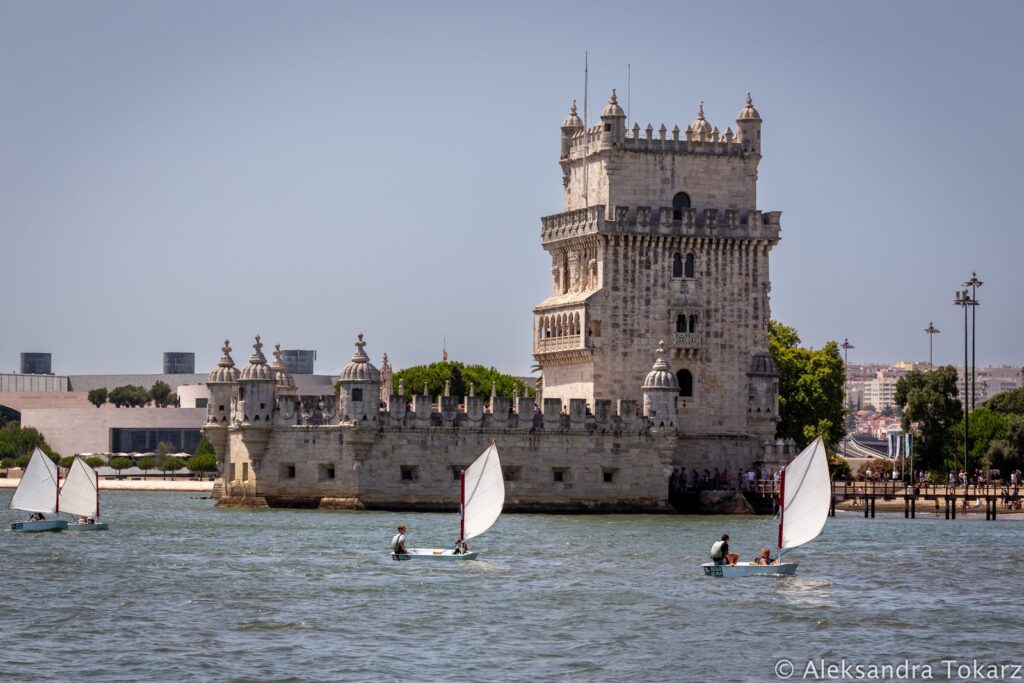
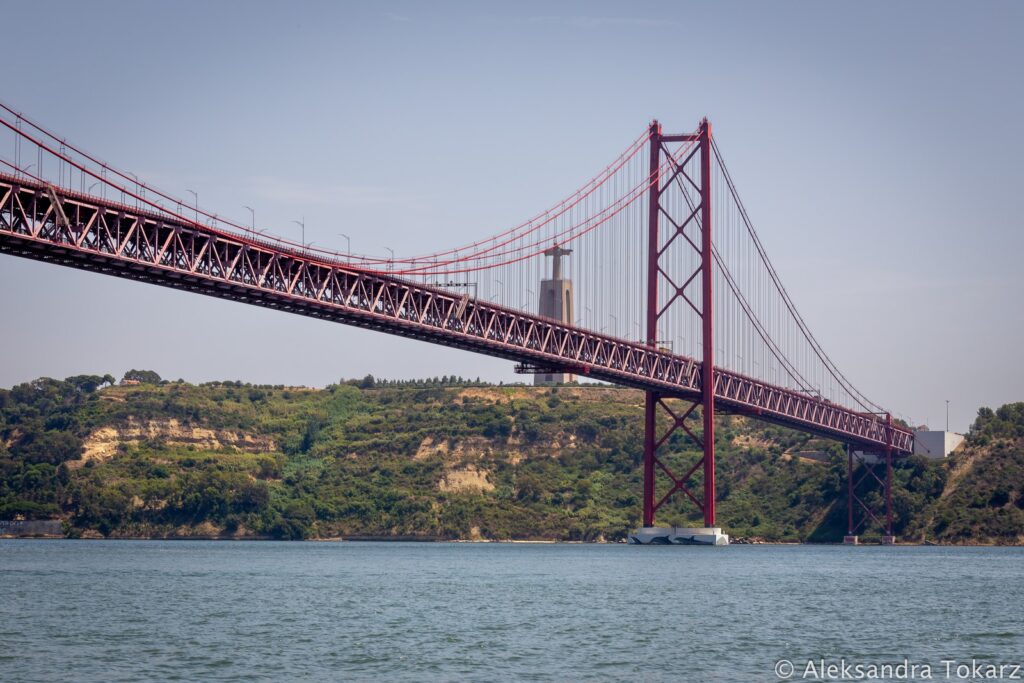
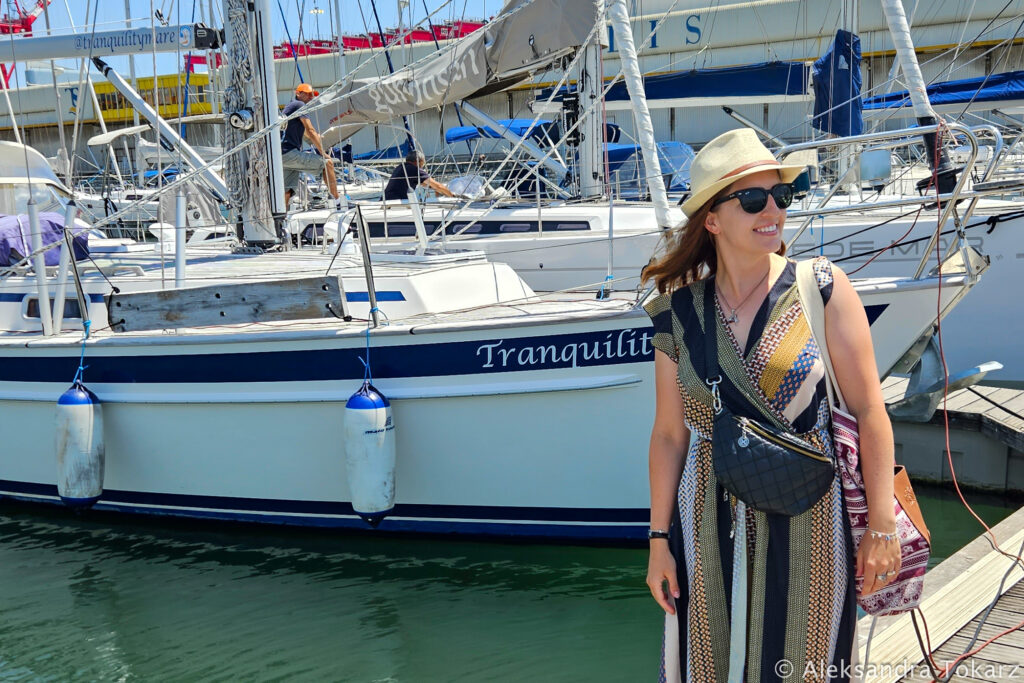
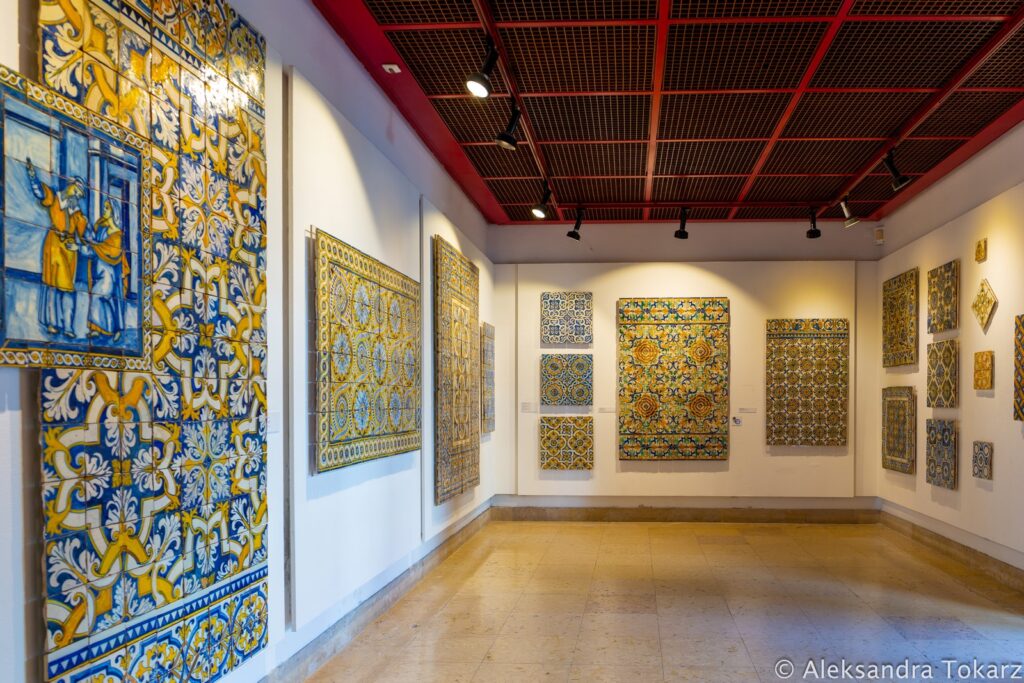
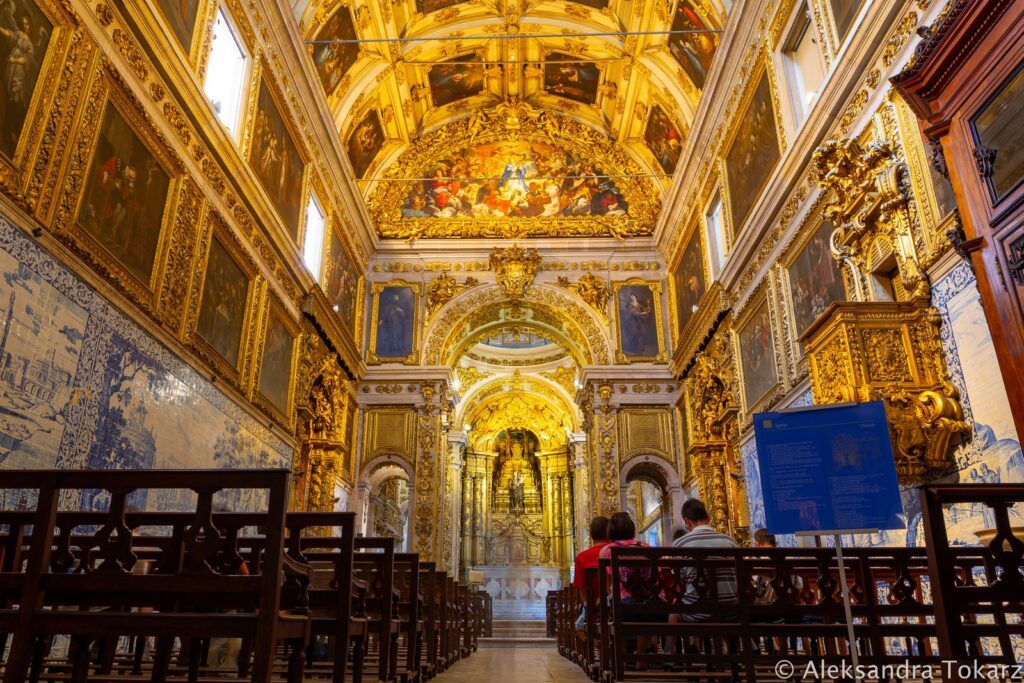
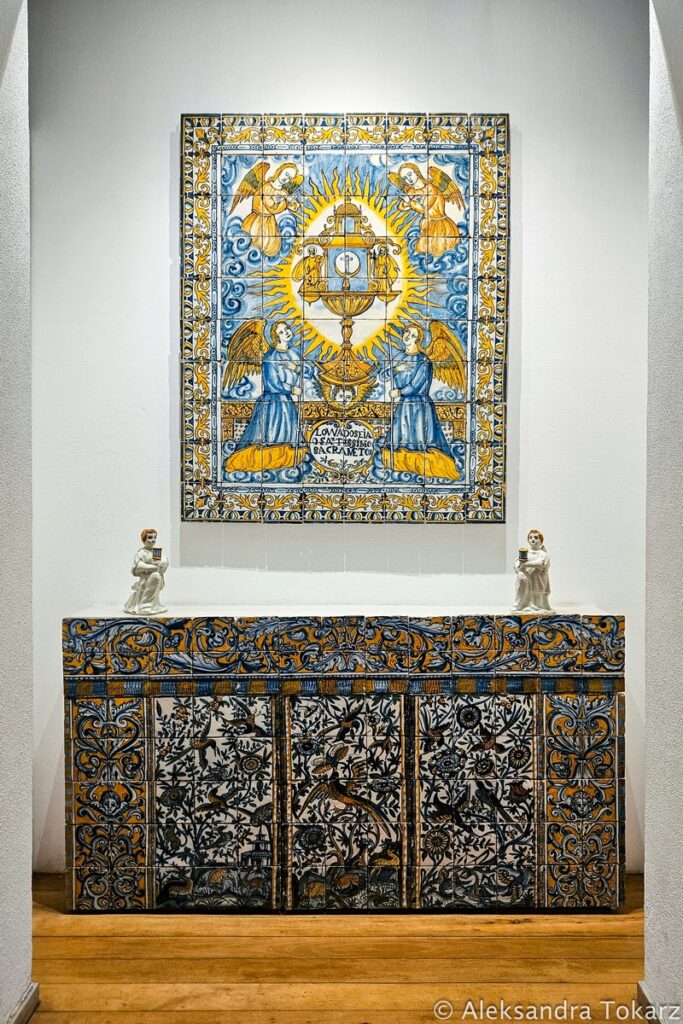
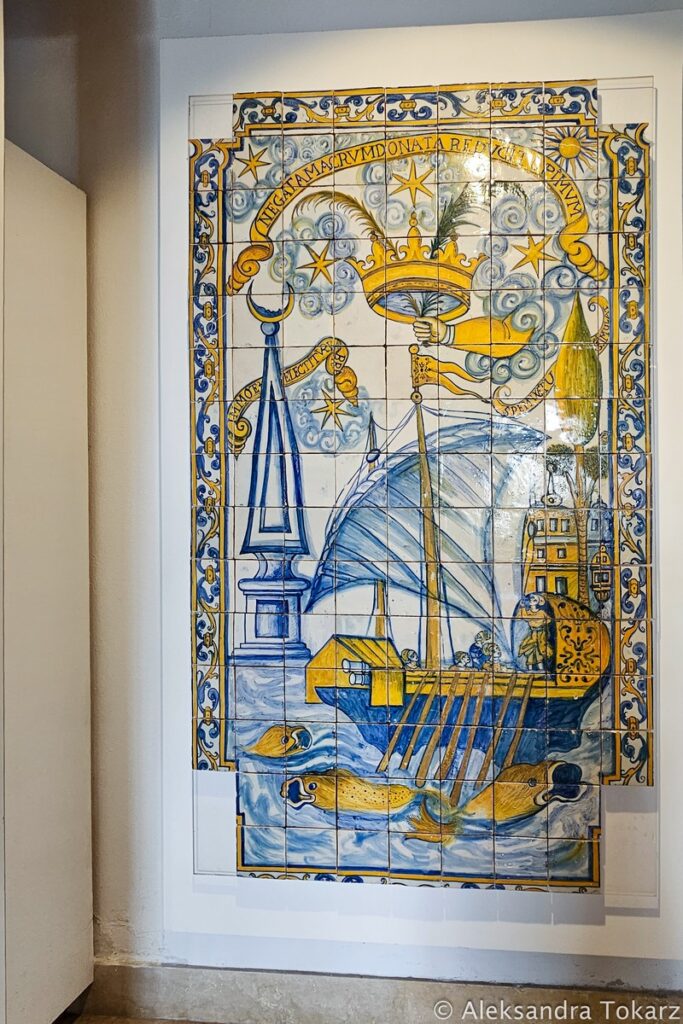
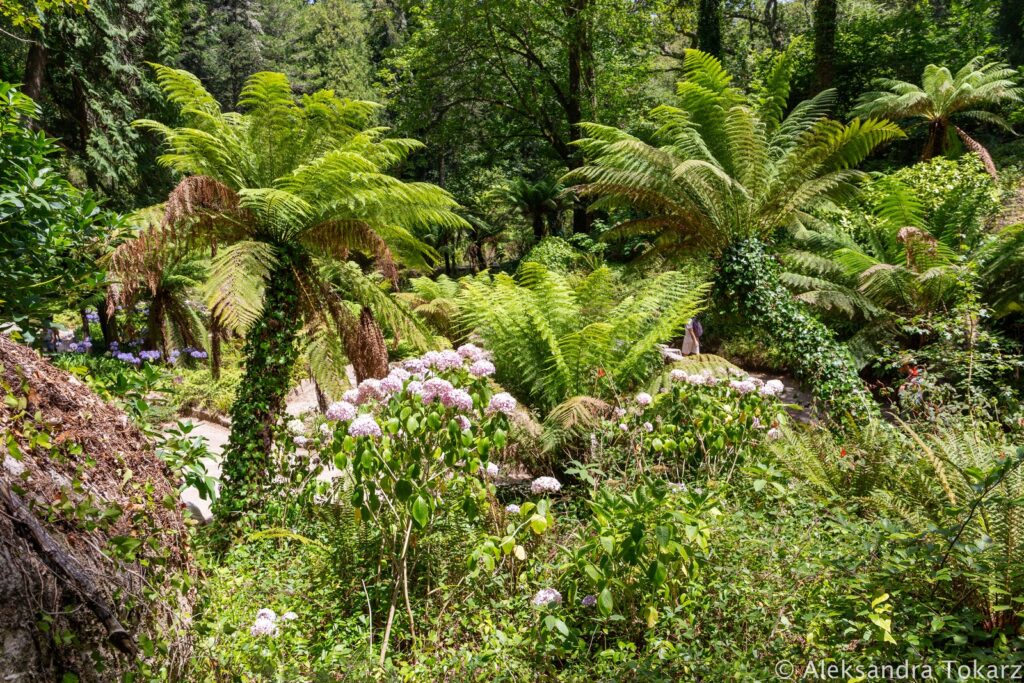
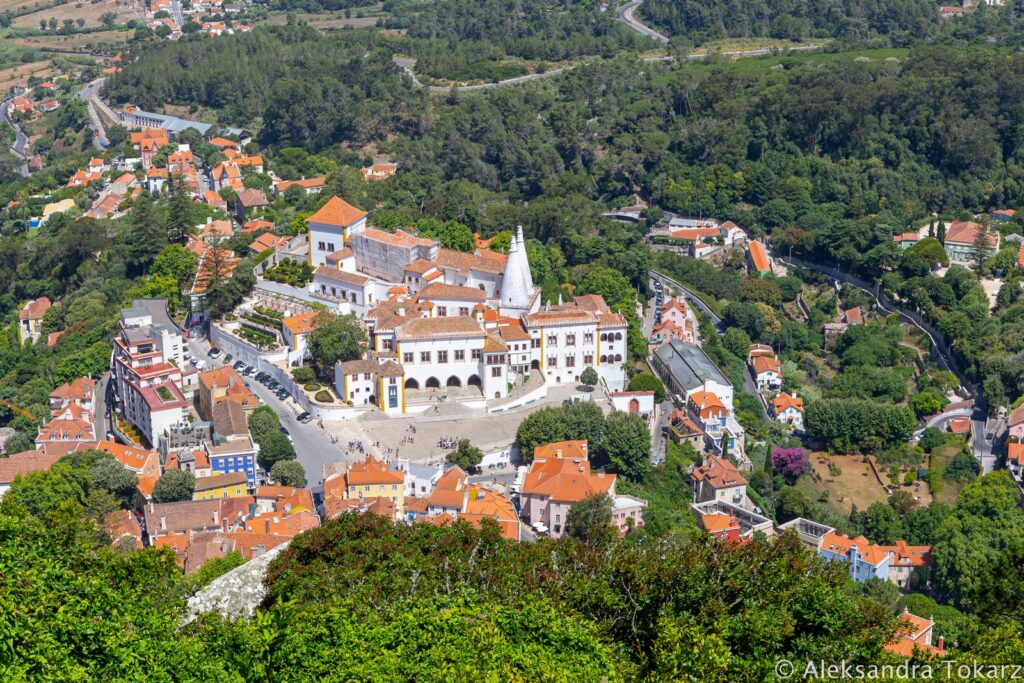
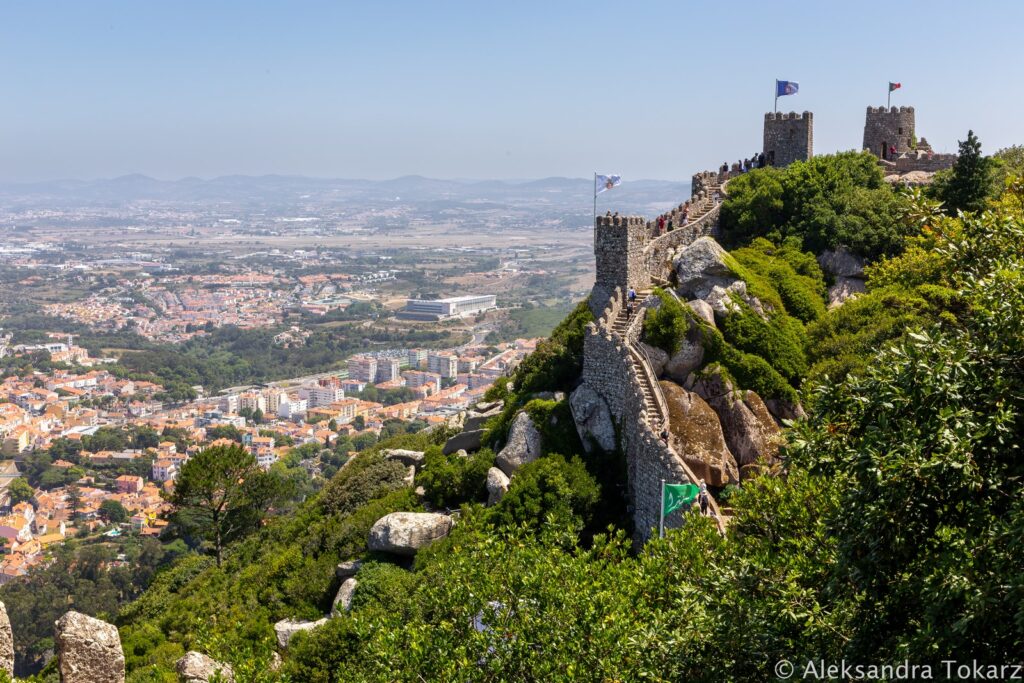
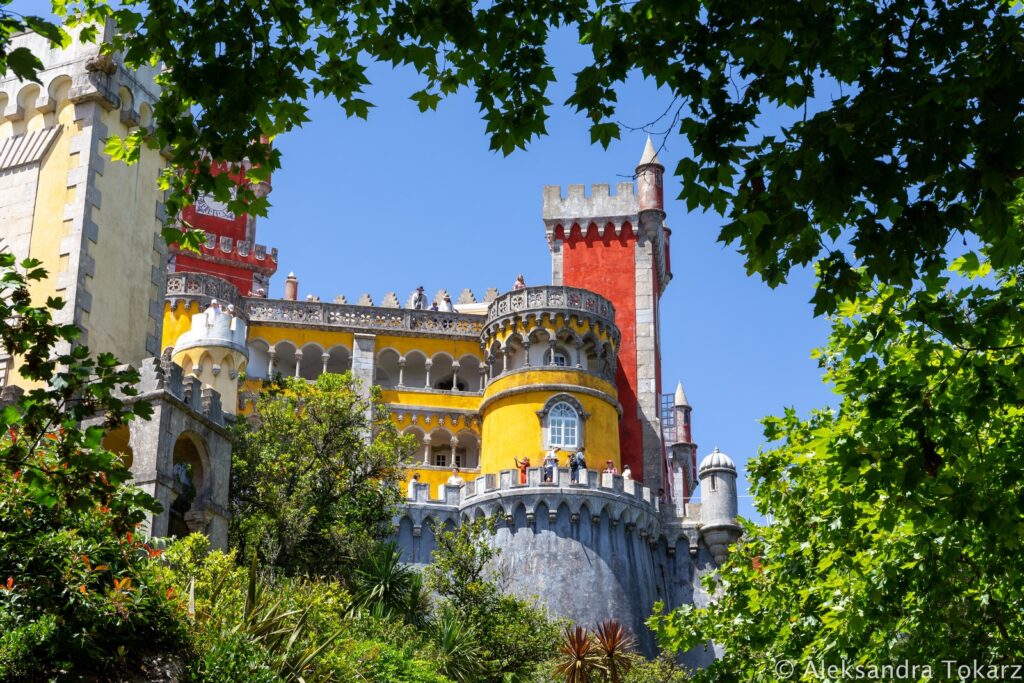
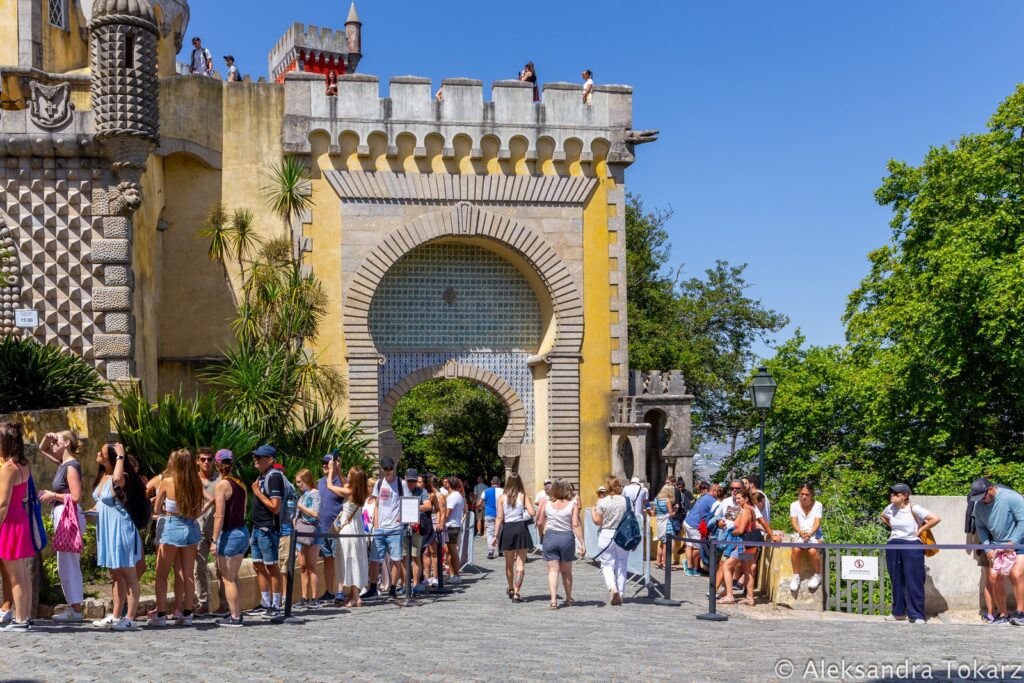
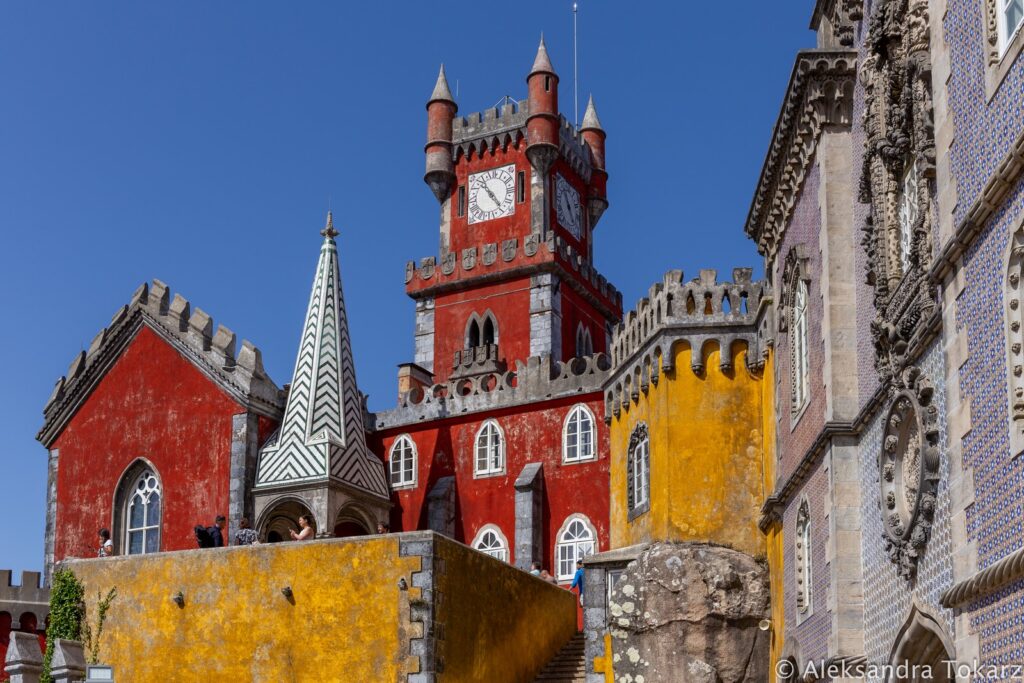
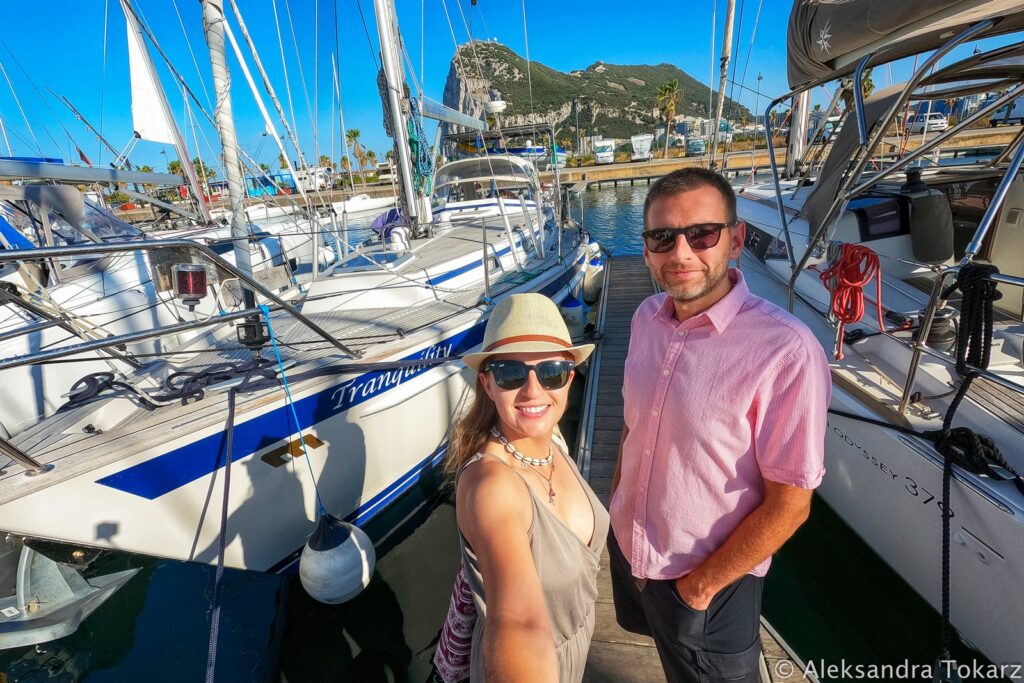

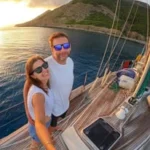



No responses yet